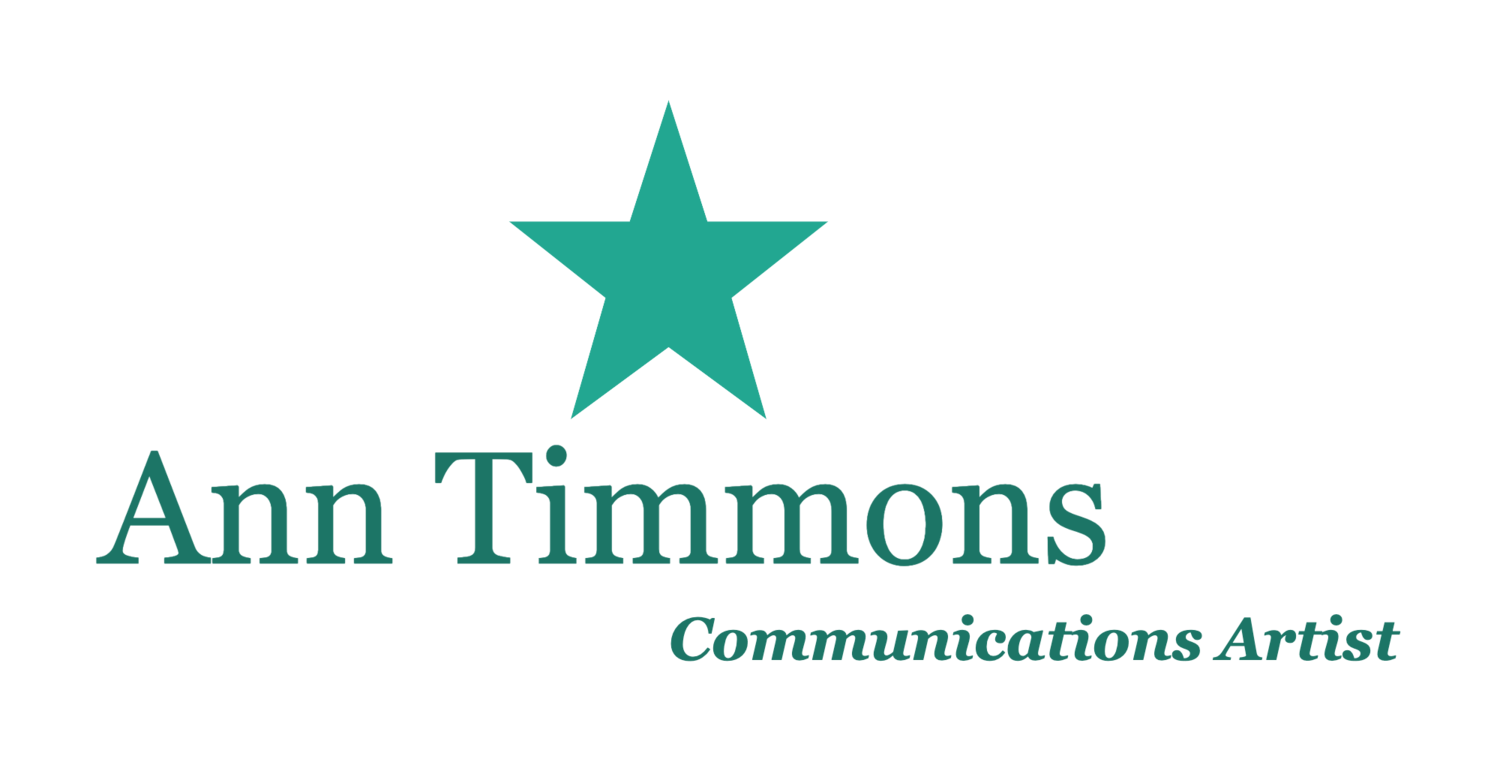 Olimpia Zagnoli for the New York TimesClients reach out to me for many reasons. But when we boil it down, most of them have the same goal: they want to connect more effectively with their listeners. Whether they are prepping to speak at a high-stakes meeting, in an interview, or for a keynote, They want to make sure the audience really hears their message.
Olimpia Zagnoli for the New York TimesClients reach out to me for many reasons. But when we boil it down, most of them have the same goal: they want to connect more effectively with their listeners. Whether they are prepping to speak at a high-stakes meeting, in an interview, or for a keynote, They want to make sure the audience really hears their message.
Some of them ask how they can improve their ability to "read" the audience. I say that is a very complicated thing to do, and not the best use of their (usually very limited) prep time. And here's why: I know (from my training as an actor) that people often are "showing" emotions on at least two different levels. Their bodies, for example, will say one thing, while their faces convey another. The eyes and the shoulders often disagree. And what comes out of their mouths can express something else altogether! As an acting teacher I often coach my actors to "play the opposites." People are complicated, contradictory; the conscious mind and the subconscious are often at odds. Only novice actors try to convey consistent characters. And as a playwright, I walk the fine line between having my characters consciously make decisions, and "letting them" do what they need to do, even if that comes from a subconscious need.
So I was glad to read a column in yesterday's New York Times by Lisa Feldman Barrett who is an expert in the field of the psychology of emotion. She tells Apple and the TSA and everyone else who thinks they can "read" someone's inner emotional state by looking at her/his face "...this assumption is wrong. Several recent and forthcoming research papers from the Interdisciplinary Affective Science Laboratory, which I direct, suggest that human facial expressions, viewed on their own, are not universally understood."
She goes on to cite studies that point out the flaws in previous research that led people to believe they could understand emotions by just looking at faces. Her conclusions make sense to me. Then she answers the inevitable question: "If faces do not 'speak for themselves,' how do we manage to 'read' other people? The answer is that we don’t passively recognize emotions but actively perceive them, drawing heavily (if unwittingly) on a wide variety of contextual clues — a body position, a hand gesture, a vocalization, the social setting and so on."
So to be able to accurately "read" someone you need to know context in which you are encountering this person, and it helps if you have more than a passing knowledge of the person as well. Think about it: as you look around at an event where you are a participant (a wedding reception, or a class reunion) there are people whose expressions you most definitely can identify. But you are in a familiar context, with people you probably know quite well. And even those people might seem a bit more opaque if you are with them in a foreign setting (a Congressional hearing room, for example).
I advise clients to spend their prep time wisely: prepare (before you write a word, get as much info as you can on the speech occasion/event itself, as well as your audience), and practice (no one ever practices too much). When you are there, do your best to connect by staying focused and "in the moment." Don't distract yourself trying to "read" your audience. Even if you are a neuroscientist, such conscious speculation will take you out of communications loop, disconnecting you when you most want to be connected. Save the "match the face to the emotion" game for your next family gathering.

